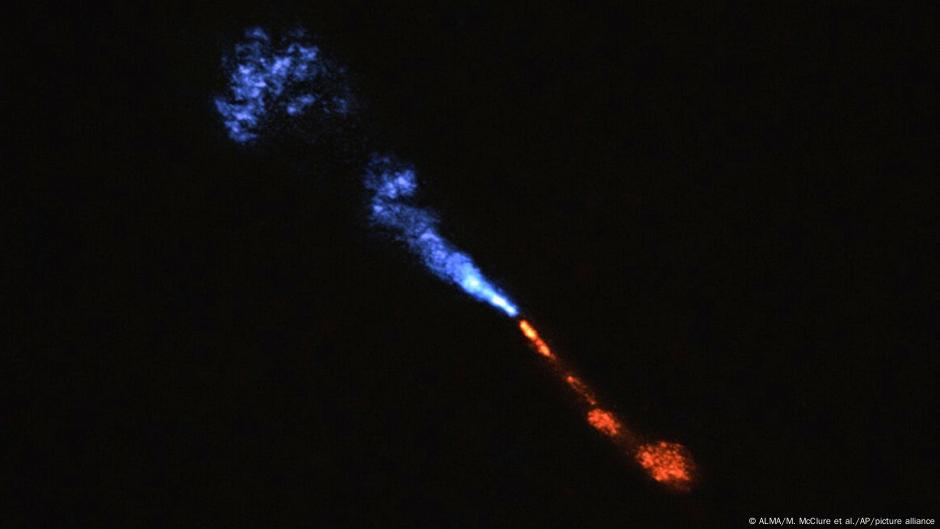
Astronomers capture dawn of new solar system for 1st time
How did your country report this? Share your view in the comments.
Diverging Reports Breakdown
Astronomers capture dawn of new solar system for 1st time – DW – 07
Astronomers have spotted the earliest known signs of rocky planet formation around a young, sun-like star for the first time. Discovery offers an unprecedented glimpse into what may have happened at the dawn of our own solar system. Star is just 100,000 to 200,000 years old and is thought to be on its way to becoming a yellow dwarf like our sun. The action is happening in a region similar to where our solar system’s asteroid belt sits — between Mars and Jupiter. These early-stage solids had never been directly observed in such young systems before, leaving scientists unsure whether Earth’s origin story was a rare case. The discovery offers a rare vision of how Earth-like worlds may begin.
Astronomers have spotted the earliest known signs of rocky planet formation around a young, sun-like star for the first time.
The discovery offers an unprecedented glimpse into what may have happened at the dawn of our own solar system.
What did the researchers see?
Using NASA’s James Webb Space Telescope and the European Southern Observatory’s ALMA array in Chile, researchers peered into the gas disk surrounding the infant star HOPS-315, about 1,370 light-years away.
The star is just 100,000 to 200,000 years old — a newborn in cosmic terms — and is thought to be on its way to becoming a yellow dwarf like our sun.
“We’ve captured a direct glimpse of the hot region where rocky planets like Earth are born around young protostars,” said lead researcher Melissa McClure of Leiden Observatory. “For the first time, we can conclusively say that the first steps of planet formation are happening right now.”
“Our study shows that it could be a common process during the earliest stage of planet formation,” McClure said.
The orange streaks are jets of carbon monoxide blowing away from the central star and the blue dots are silicon monoxide Image: ALMA/M. McClure et al./AP/picture alliance
The observations, published in the science journal Nature, show a glowing, lightning bug-like system against the dark void — a cosmic nursery where planets may one day emerge.
While it’s impossible to say how many planets HOPS-315 might produce, its massive gas disk could support as many as eight — just like our solar system — though that process may take a million years or more.
How did the team carry out the research?
Thanks to a tilt in the star’s disk and a helpful gap in its outer region, the telescopes were able to detect signs of silicate minerals and silicon monoxide gas condensing.
These are the very building blocks believed to have formed Earth and other rocky planets in our solar system over 4.5 billion years ago.
The action is happening in a region similar to where our solar system’s asteroid belt sits — between Mars and Jupiter. These early-stage solids had never been directly observed in such young systems before, leaving scientists unsure whether Earth’s origin story was a rare case.
What might it mean?
Fred Ciesla of the University of Chicago, who was not involved in the study, called it a long-awaited breakthrough.
“This is one of the things we’ve been waiting for,” he said. “There’s a rich opportunity here.”
Astronomers hope similar discoveries will reveal how common planet formation is — and whether Earth-like worlds are a universal phenomenon or a rare cosmic fluke.
“Are there Earth-like planets out there,” asked co-author Merel van’t Hoff of Purdue University, “or are we so special that we might not expect it to occur very often?”
Edited by: Roshni Majumdar
Source: https://www.dw.com/en/astronomers-witness-dawn-of-new-solar-system-for-1st-time/a-73341248
